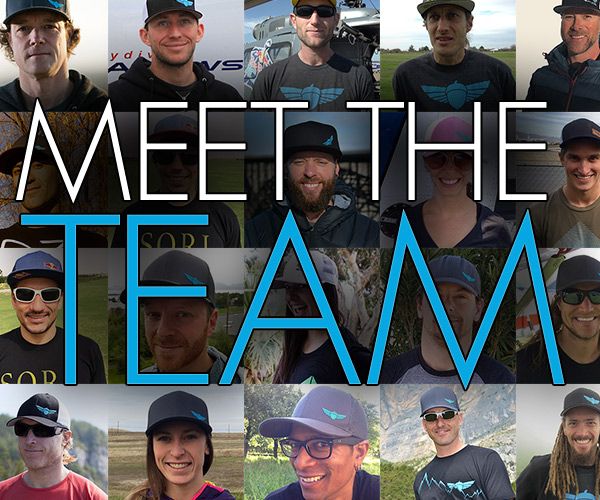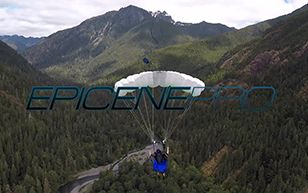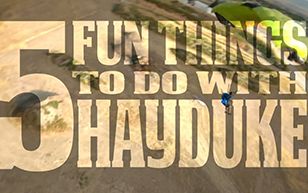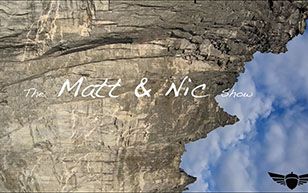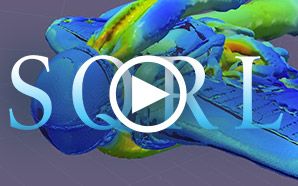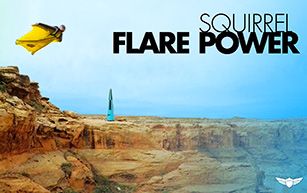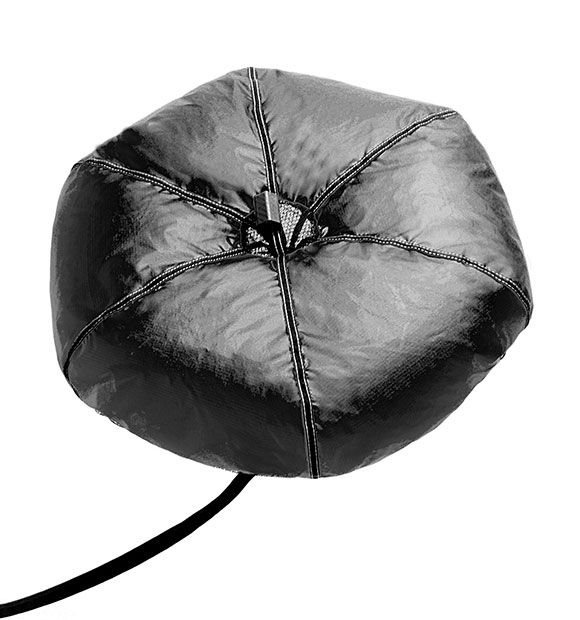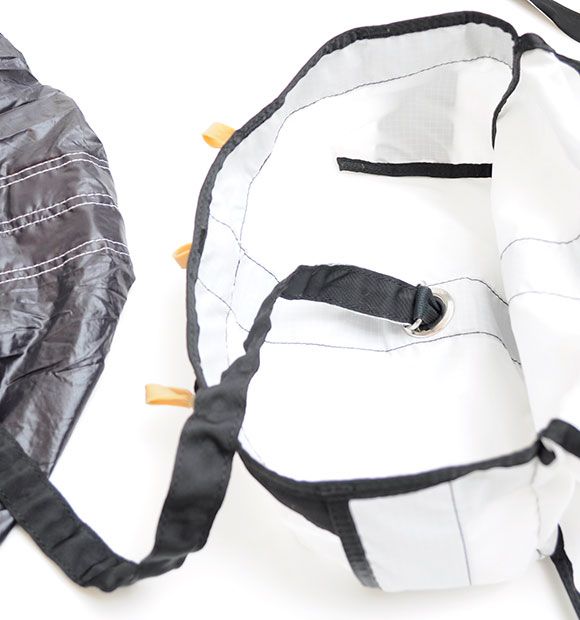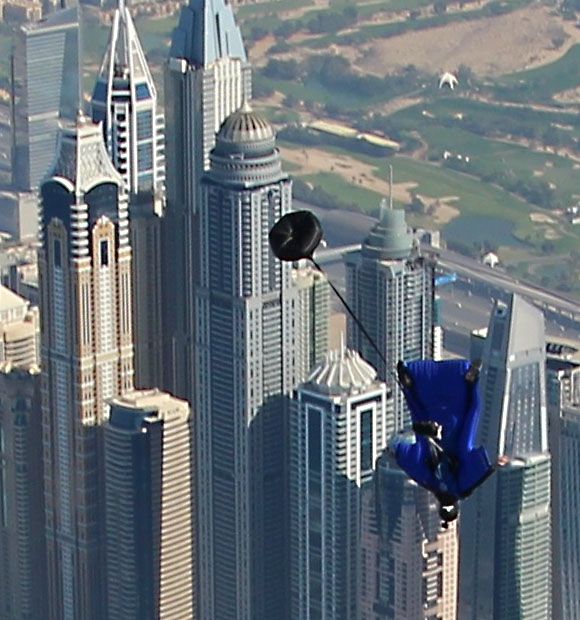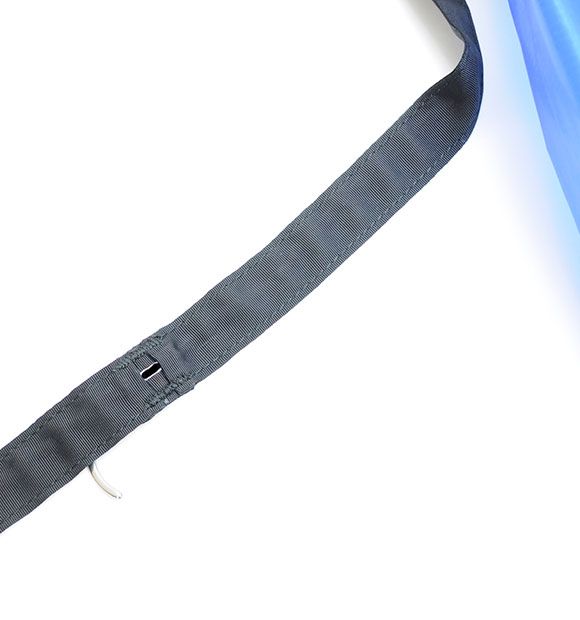The SkySNATCH is an evolution in pilot chute design. The three dimensional partial toroidal shape is the most technically advanced design being used in skydiving today. Simply put, the SkySNATCH is the most efficient and stable PC available.
Our kill-line pilot chute system for skydiving comes standard with an 8' bridle (from pin to PC attach-point, 11' in total), attachment mallions, and a carbon fiber handle. The SkySnatch is designed to work with D-bags with a bottom grommet size of #4 or #5 only.
All sizes of the SkySNATCH are constructed from ZP. It is currently available in the following size/handle configurations:
- 26" Six-gores with apex vent, kill-line bridle, carbon handle.
- 30" Six-gores with apex vent, kill-line bridle, carbon handle.
See below for advice on choosing your size.

